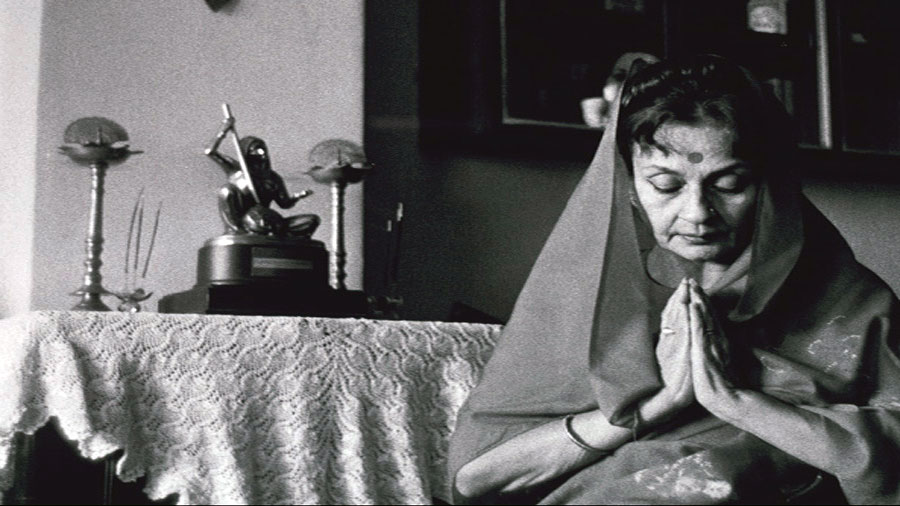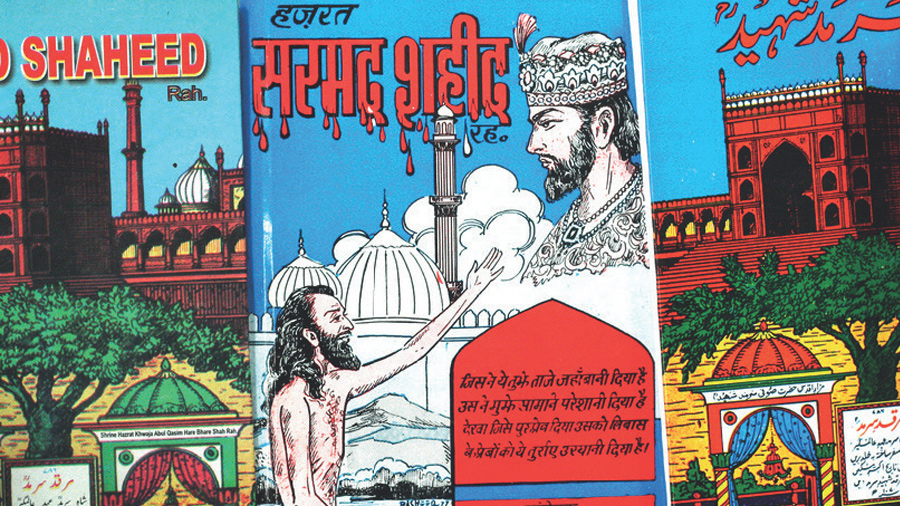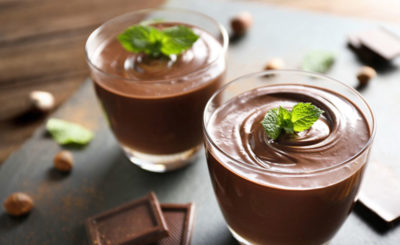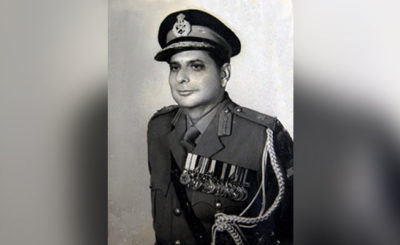About fifty years ago, I saw an early 17th century Bikaner painting of Krishna and Shiva watching the courtship of the god of love Kamadeva and Rati, the personification of desire. I immediately fell in love with the history and culture of not only Bikaner, but that of all the hundreds of the Indian Princely States. In my efforts to document this with archives, exhibits, and writings, I came to study also Indian minority groups like the different Jewish communities, edit heavily illustrated volumes, and curate exhibitions utilizing my collections including a comprehensive large project on Jews in India commissioned by the Ministry of Culture for the Indira Gandhi National Centre for the Arts.
There has been a long standing “love affair” between India and Jews. Each Jewish community created a distinct culture based on positive adaption to local conditions while maintaining Jewish religious traditions. Only in India has Jewish life not been shaped by anti-Semitism or forced assimilation. According to local Jewish traditions, Jews over the centuries have come to India escaping  persecution and even finding welcome when shipwrecked. In the 17th century, a European Jew held up Cochin as the great example of the benefit of such a relationship. The Paradesi synagogue is a symbol of Indian’s acceptance of diverse communities and commitment to individual meritocracy. When one tours Jewish community sights utilizing the guide book Jewish Heritage of the Deccan written by Pushkar Sohoni and myself, there is only the story of the Pakistani terrorist attack on Chabad House in Mumbai to mar a pristine history of acceptance and opportunity to live lives as Indians and as Jews. For example, members of a single Bene Israel family served as prime ministers of three princely states (Akalkot, Aundh, and Janjira).
persecution and even finding welcome when shipwrecked. In the 17th century, a European Jew held up Cochin as the great example of the benefit of such a relationship. The Paradesi synagogue is a symbol of Indian’s acceptance of diverse communities and commitment to individual meritocracy. When one tours Jewish community sights utilizing the guide book Jewish Heritage of the Deccan written by Pushkar Sohoni and myself, there is only the story of the Pakistani terrorist attack on Chabad House in Mumbai to mar a pristine history of acceptance and opportunity to live lives as Indians and as Jews. For example, members of a single Bene Israel family served as prime ministers of three princely states (Akalkot, Aundh, and Janjira).
The story of the immense contribution to Indian medicine, architecture, art, and music by refugees fleeing Hitler will be documented in a volume I am currently editing. The Bombay arts scene was transformed by the scholar, art critic, artist, political cartoonist Rudi von Leyden and the dancer Hilde Holger. The father of tropical architecture, Otto Koenigsberger, was a major force in planning housing for partition refugees and the development plans for Bhubaneswar and Jamshedpur.
Much of my focus has been on the contributions over centuries of individual Indian and foreign Jews to life in South Asia.
All these themes are being documented in a series of multiauthored books like Western Jews in India and Jews and the Indian National Art Project. These volumes raise multiple issues: Does the term “Indian artist” apply to any person born into an Indian family? What has been the role of foreign artists like Magda Nachman and Fredda Brilliant and painters from minority communities like Fyzee Rahamin and Siona Benjamin in the “Indian national art project”?
Some persons of Jewish origin have taken on new identities in India. The painter Mirra Alfassa. became, in collaboration with Aurobindo, one of India’s greatest spiritual leaders. Another Jew Sarmad became a great Sufi poet involved in 17th century Mughal politics. Sarmad’s writings had a great influence on Maulana Abul Kalam Azad. Jewish architects working in South Asia were able to adapt their vision to the aspirations of local communities as in the cases of Moshe Safdie’s Khalsa Heritage Centre and Louis Kahn’s National Assembly Building in Dhaka. Joseph A. Stein’s Indian International Centre and Indian Heritage Centre are at the core of intellectual life in New Delhi today.
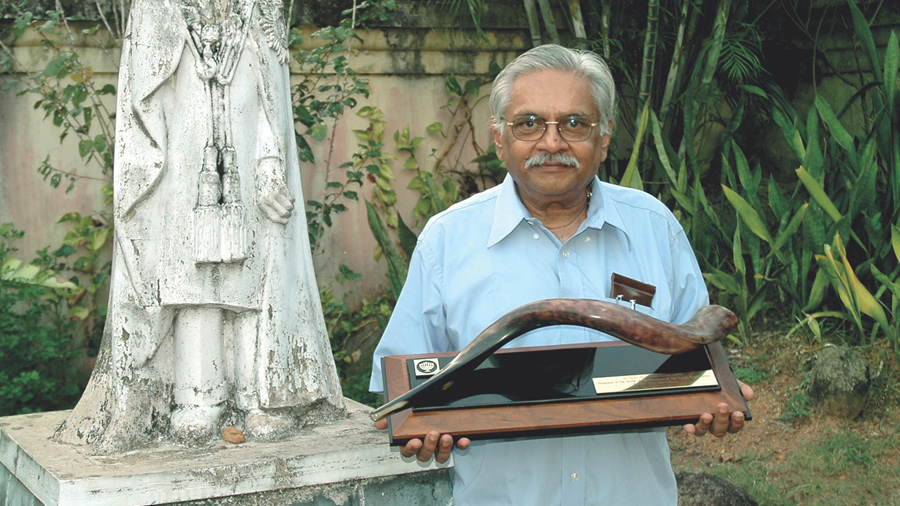
 Currently, I am working on an edited volume and documentary reviewing the contributions to Indian cinema by Baghdadi Jews and the Bene Israel before and behind the camera. Sulochana was only the India’s greatest stars in silent movies and early talkies. Other Jewish actresses included Nadira, Pramila, Ramola, and Rose. The prolific Ezra Mir was responsible for many feature movies and hundreds of documentaries. Eventually, I hope to edit a book on this long history of Jewish traders and business men. It dates back long before Baghdadi Jews like the Sassoons came in the nineteenth century to Bombay and Calcutta. Trade history can be documented using the ninth century Kollam copper plates and hundreds of
Currently, I am working on an edited volume and documentary reviewing the contributions to Indian cinema by Baghdadi Jews and the Bene Israel before and behind the camera. Sulochana was only the India’s greatest stars in silent movies and early talkies. Other Jewish actresses included Nadira, Pramila, Ramola, and Rose. The prolific Ezra Mir was responsible for many feature movies and hundreds of documentaries. Eventually, I hope to edit a book on this long history of Jewish traders and business men. It dates back long before Baghdadi Jews like the Sassoons came in the nineteenth century to Bombay and Calcutta. Trade history can be documented using the ninth century Kollam copper plates and hundreds of
slightly later India trade letters found in an Egyptian synagogue.
In 1375, the Catalan king’s Jewish cartographer Abraham Cresques produced a detailed map of India in peninsular form.
There were Spanish-Portuguese Jewish traders in Yale’s Madras and the Rahabi family (from Aleppo) became masters of the pepper trade in South India.People with Jewish origins have made many medical contributions. The father of tropical medicine Garcia da Orta was based in Bombay.
Bombay’s Haff kine Institute is a last memorial by MordechaiHaffkine who did so much to the control of cholera and plague. Yusuf Hamied, born in Vilna and grandchild of Holocaust victims, has directly and indirectly saved millions of lives with accessible lowcost pharmaceuticals.
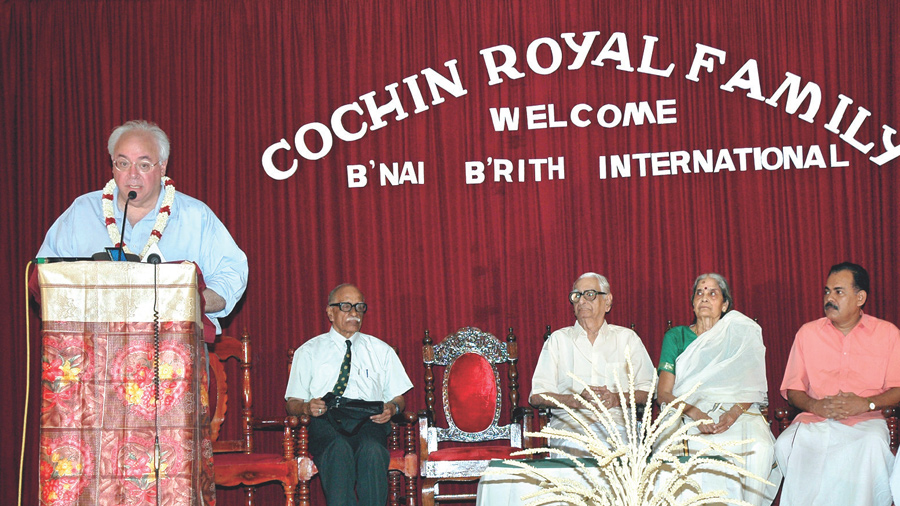
Let us not forget Herman Kallenbach and Sonja Schlesin who worked so closely with Gandhi in South Africa. Maurice Frydman tried to create a “Gandhian democracy” in Aundh state.
An Italian Jew, General Venture, once commanded the Sikh armies. General JFR Jacob, a Baghdadi Jew, was one of the heroes of the war for Bangladeshi liberation. The Bene Israel community has been well-known for centuries of military tradition.
Once, the Republic of India’s force included an Admiral Samson and a General Samson as well as a General Mordechai.
“There has been a long standing “love affair” between India and Jews. Each Jewish community created a distinct culture based on positive adaption to local conditions while maintaining Jewish religious traditions. Only in India has Jewish life not been shaped by anti-Semitism or forced assimilation.”


